Why carry a boat across the arctic tundra?
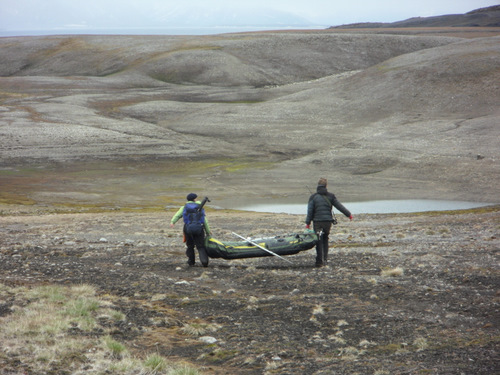
To measure the depth profile, conductivity, turbidity and temperature of the Karst pond found on the arctic tundra, of course.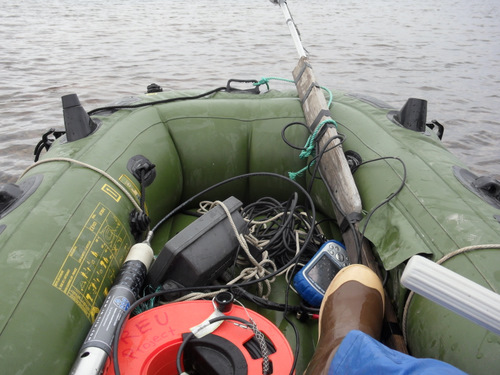
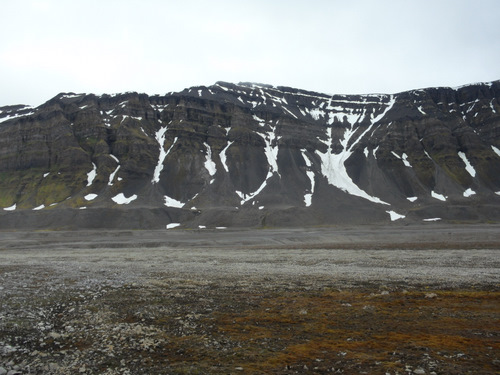
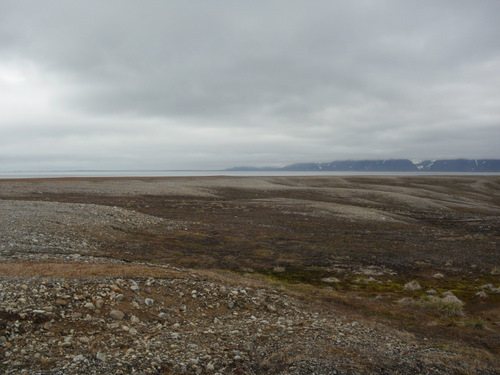
According to the Karst Water Institute, more than 25 percent of the world's population either lives on or obtains its water from karst aquifers. In the United States, 20 percent of the land surface is karst and 40 percent of the groundwater used for drinking comes from karst aquifers. Karst features are very important. Karsts are features presented as a result of water dissolving soluble bedrock.
It took a lot of work to get the data on only 4 ponds. There are many more ponds to gather more data. After a long day in the field, a great dinner, the team gets together to discuss data and discuss presentations given by a couple of students.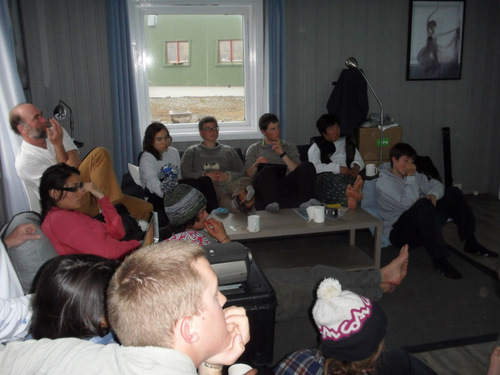



Comments